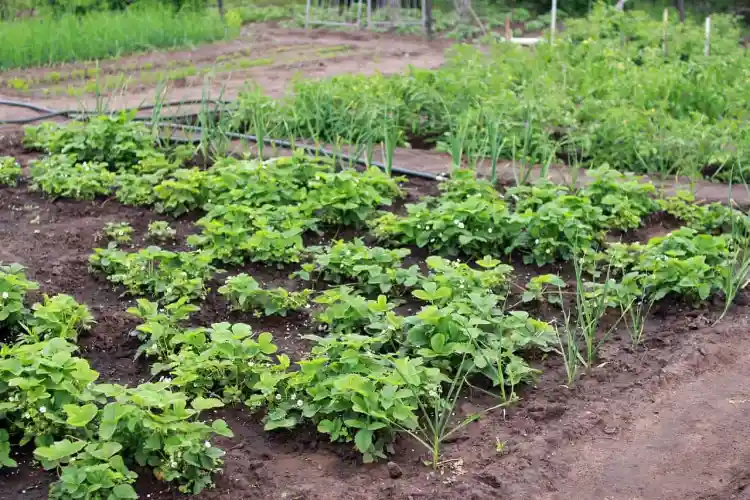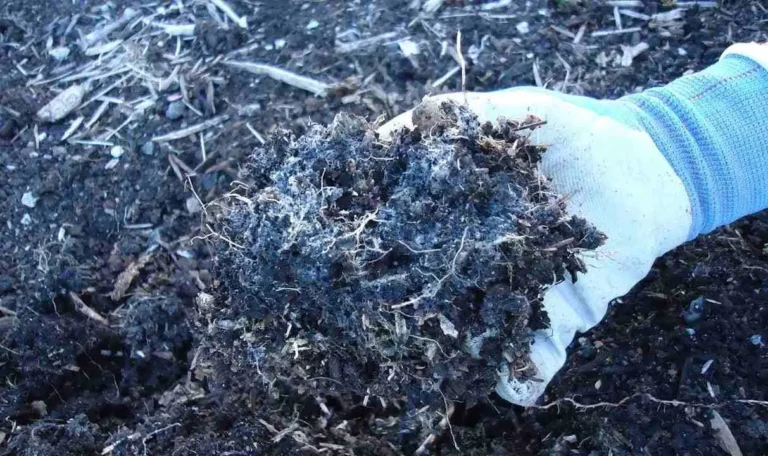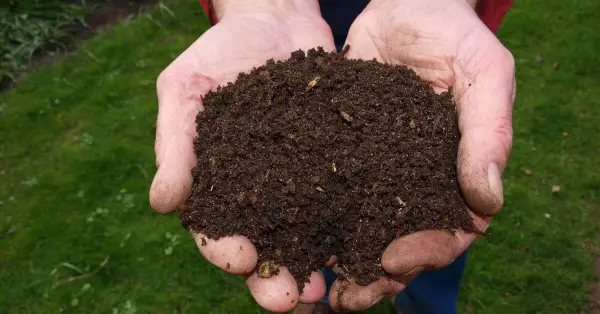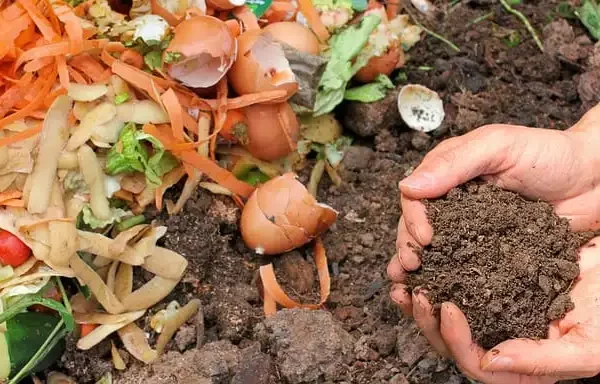Understanding Fungal Infections in Soil
Identifying Common Fungal Pathogens
Before addressing the issue, it’s crucial to identify the specific fungal pathogens present in the soil. Common culprits include Rhizoctonia, Pythium, Fusarium, and Phytophthora, each posing unique challenges to plant health.
Recognizing Symptoms
Symptoms of fungal infections in soil vary depending on the type of fungus and the affected plant species. Look out for signs such as yellowing or browning of leaves, wilting, root rot, and the presence of mold or fungal growth on the soil surface.
Effective Strategies for Fungus Elimination
Cultural Practices
Implementing cultural practices such as crop rotation, proper sanitation, and adequate spacing between plants can help prevent fungal infections from spreading. Additionally, avoiding overwatering and ensuring proper drainage can create less favorable conditions for fungal growth.
Biological Control Agents
Beneficial microorganisms such as Trichoderma spp. and mycorrhizal fungi can act as natural antagonists to soil-borne pathogens, helping to suppress their growth and spread. Incorporating these biological control agents into the soil can enhance its natural defenses against fungal infections.
Chemical Treatments
In severe cases of fungal infestation, chemical treatments may be necessary to eradicate the pathogens effectively. Fungicides containing active ingredients such as copper sulfate, chlorothalonil, or thiophanate-methyl can be applied to the soil to target and eliminate fungal pathogens.
Precautions and Safety Measures
Environmental Impact
When using chemical fungicides, it’s essential to consider their potential impact on the environment and non-target organisms. Follow label instructions carefully, and avoid excessive or unnecessary use of chemical treatments to minimize environmental harm.
Personal Protective Equipment (PPE)
When handling chemical fungicides or working with contaminated soil, wear appropriate personal protective equipment, including gloves, goggles, and a mask, to protect yourself from exposure to harmful chemicals and pathogens.
Conclusion: Promoting Healthy Soil and Plant Growth
By understanding the causes and symptoms of fungal infections in soil and employing effective control strategies, gardeners and growers can safeguard their plants’ health and vitality. Whether through cultural practices, biological control agents, or chemical treatments, addressing fungal infestations promptly and effectively is essential for promoting healthy soil and robust plant growth.
What causes fungal infections in soil?
Fungal infections in soil can be caused by various factors, including poor drainage, overwatering, improper sanitation practices, and the presence of infected plant material.
How do I know if my soil has a fungal infection?
Signs of fungal infections in soil include yellowing or browning of leaves, wilting, stunted growth, root rot, and the presence of mold or fungal growth on the soil surface.
Can cultural practices help prevent fungal infections in soil?
Yes, implementing cultural practices such as crop rotation, proper sanitation, and adequate spacing between plants can help prevent fungal infections from spreading and becoming established in the soil.
Are there natural ways to control fungal infections in soil?
Yes, incorporating beneficial microorganisms such as Trichoderma spp. and mycorrhizal fungi into the soil can help suppress the growth and spread of fungal pathogens, acting as natural antagonists.
What chemical treatments are effective for eliminating fungal infections in soil?
Chemical treatments such as fungicides containing active ingredients like copper sulfate, chlorothalonil, or thiophanate-methyl can be applied to the soil to target and eliminate fungal pathogens effectively.
Is it possible to overwater my plants and contribute to fungal infections in the soil?
Yes, overwatering can create conditions conducive to fungal growth in the soil by promoting excessive moisture and poor drainage, which can lead to root rot and other fungal diseases.
How can I improve soil drainage to prevent fungal infections?
Improving soil drainage can help prevent fungal infections by incorporating organic matter, such as compost or perlite, into the soil to improve its structure and promote better water infiltration and drainage.
Can I use homemade remedies to treat fungal infections in the soil?
While some homemade remedies may have anecdotal effectiveness, such as neem oil or garlic spray, their efficacy in controlling fungal infections in the soil may vary, and they should be used with caution.
Are there specific plants that are more susceptible to fungal infections in the soil?
Certain plant species, particularly those with shallow root systems or those grown in humid environments, may be more susceptible to fungal infections in the soil than others.
How often should I monitor my soil for signs of fungal infections?
Regular monitoring of soil conditions, including moisture levels, drainage, and the presence of fungal growth, is essential for early detection and prompt treatment of fungal infections to prevent further spread and damage to plants.
- Best THC Sodas to Buy in Arkansas - May 28, 2025
- Exploring THC-Infused Sodas in Arkansas - May 28, 2025
- THC Beverages Now Trending in Alabama - May 28, 2025





